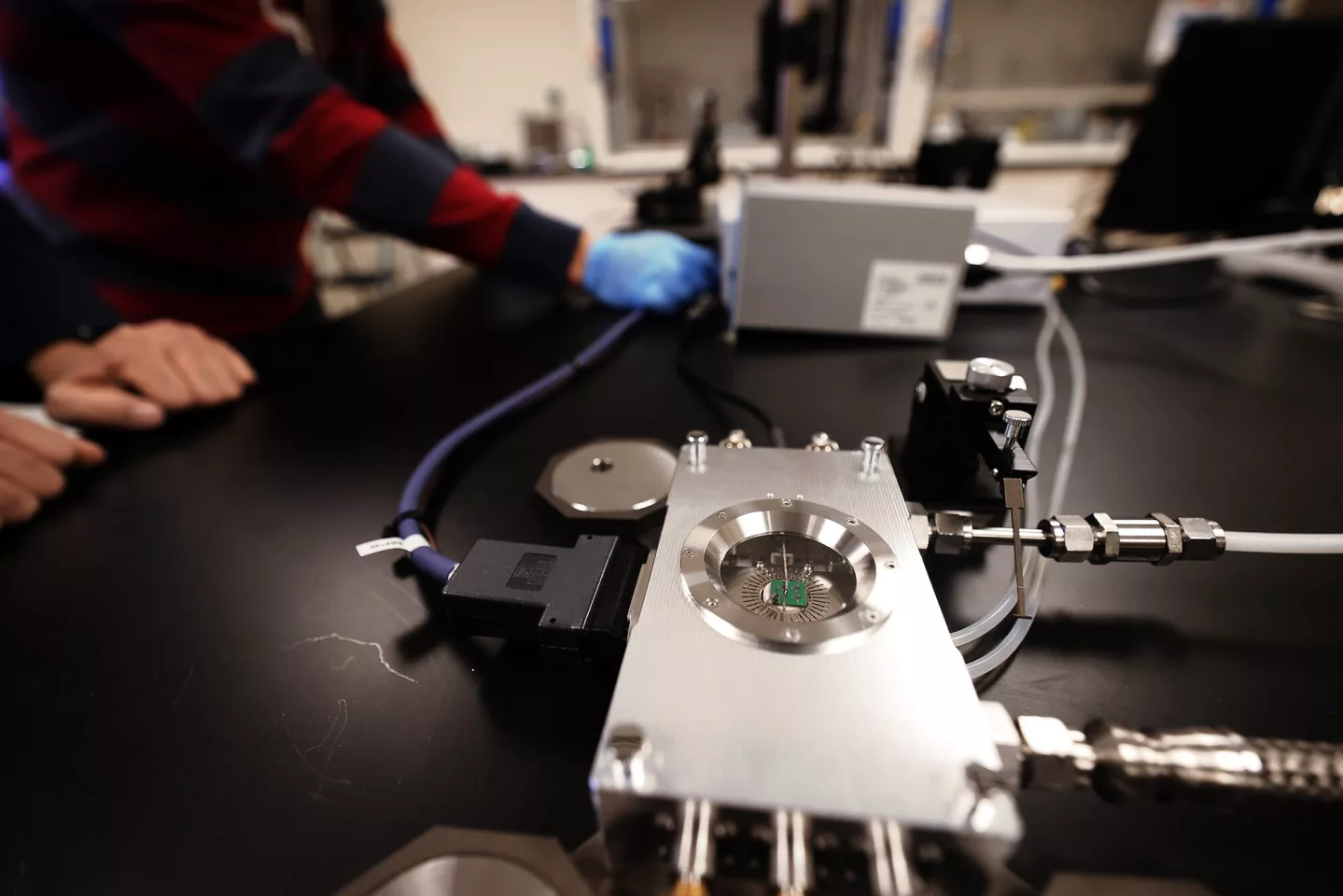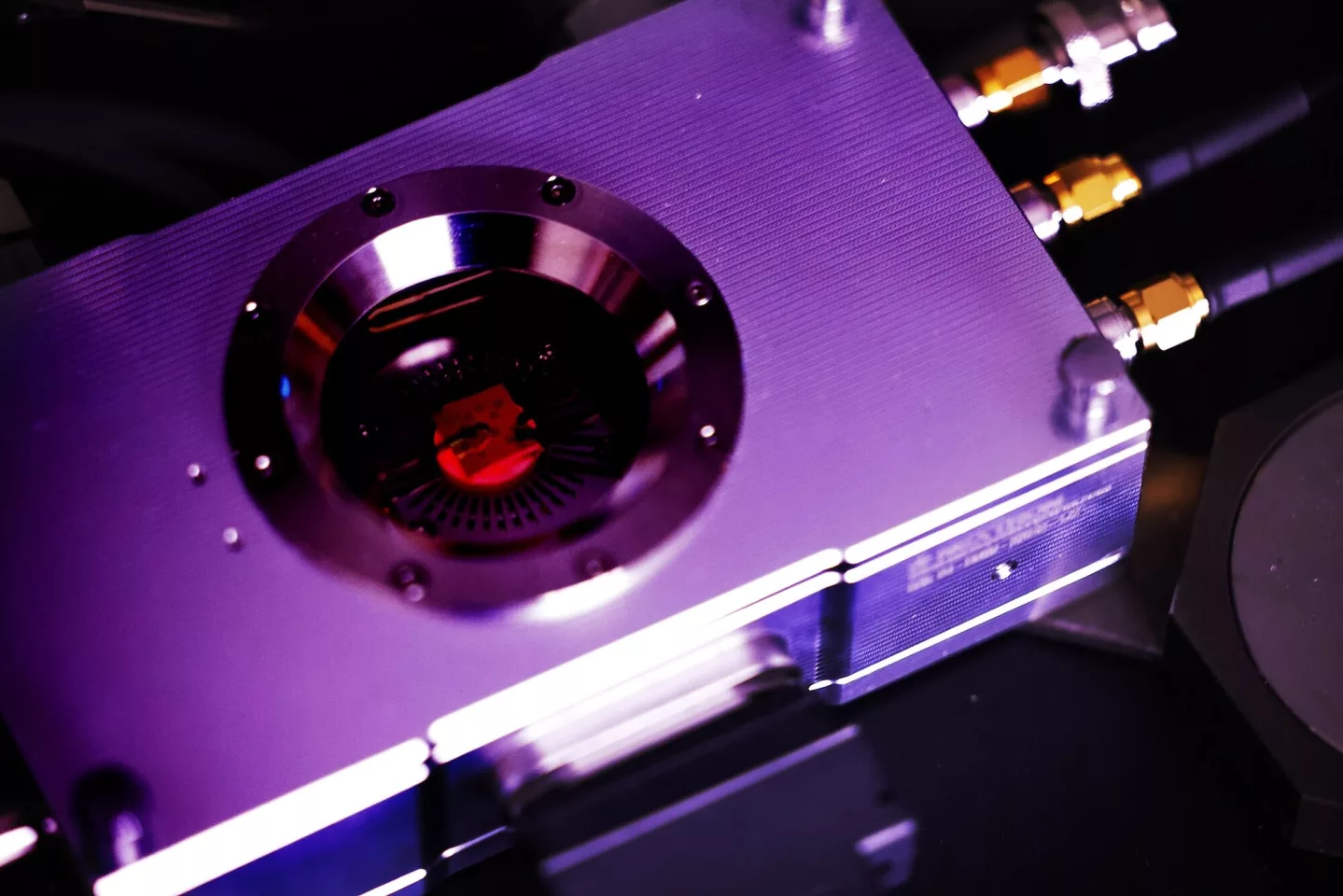Computers generally go a bit wonky when you stick them in the oven for a bit, but engineers at the University of Michigan are looking to change that by developing a new computer memory that can run at the temperature of molten lead.
Today, computers are almost everywhere, with the "almost" quickly heading out the window. Only 40 years ago, having a computer (singular) in your car, for example, was a real conversation starter. In 2024, the average car has about 100 computers spread through its various systems running 100 million lines of code.
The problem is that as computers expand their applications, they're ending up in environments that are very hostile to silicon microchips. These work fine at room temperature, but as they get hotter the way electrons flow through the semiconductors starts to alter. When they reach 300 °F (150 °C), the flow of electricity becomes uncontrollable and can begin doing nasty things like wiping the device's memory.

That's bad enough in our car example where chips are installed in hothouse spots like the engine or brakes. When they're put into jet engines, foundries, fusion reactors, and Venus-bound space probes, the situation becomes intolerable.
That's why the Michigan team is working on a new computer memory that can store and rewrite information even when it's heated to over 1,100 °F (600 °C). It manages this by making a semiconductor out of layers of tantalum oxide and tantalum metal with a solid electrolyte between them. Instead of moving about electrons to store data, the memory chip uses oxygen ions drawn through three platinum electrodes.
According to the team, the process is less like a standard memory and more like how a battery works. In other words, it's not so much electronic as electrochemical. Moving oxygen ions out of the tantalum oxide leaves a small spot of tantalum metal. These changes make the layers act as either an insulator or a conductor, producing two voltage states that allow information to be stored as ones and zeros.

So far so good. Unfortunately, the new memory only works at temperatures above 500 °F (250 °C), so a heater unit is required when it's in more domestic settings. Currently, it's been able to hold its memory for 24 hours and compared to other high-temperature memories it works at lower voltages. In addition, the team sees it as having the potential of leading to more advanced versions able to hold gigabytes of data.
"There’s a lot of interest in using AI to improve monitoring in these extreme settings, but they require beefy processor chips that run on a lot of power, and a lot of these extreme settings also have strict power budgets," said Alec Talin, a senior scientist in the Chemistry, Combustion and Materials Science Department at Sandia National Laboratories. "In-memory computing chips could help process some of that data before it reaches the AI chips and reduce the device’s overall power use."
The research was published in Device.
Source: University of Michigan







